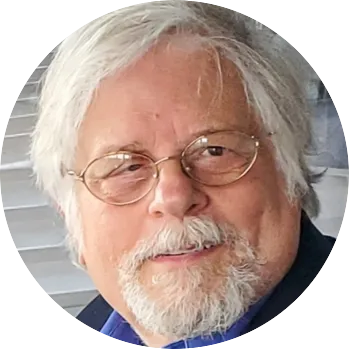CU team takes on challenge of Parkinson’s

BOULDER — Police officers fight crime and protect us from harm – but occasionally, as recent news headlines can attest, a cop overreacts and inflames a problem instead of solving it.
The same thing happens in the human body.
Specialized immune cells called microglia, essentially police officers for the brain and nervous system, patrol their environment, protecting the neurons that send messages back and forth between your senses and your brain, but also looking for anything that seems out of place such as inflammation. Occasionally, though, those little cops overreact, causing damage by introducing inflammation in…
THIS ARTICLE IS FOR SUBSCRIBERS ONLY
Continue reading for less than $3 per week!
Get a month of award-winning local business news, trends and insights
Access award-winning content today!

